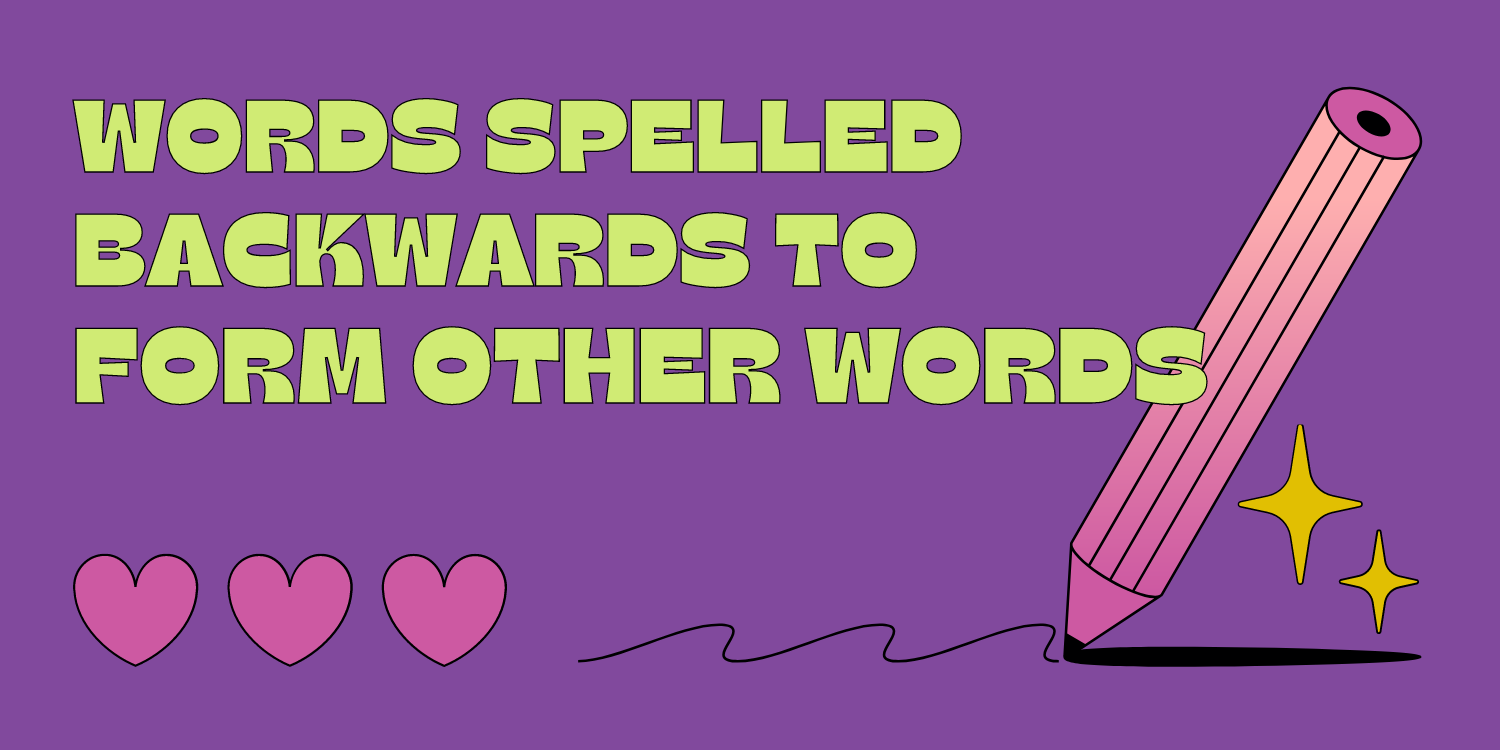I have a simple vba script that runs in excel which reverses english words and checks if they create new english words. However, it is not reliable since it simply doesn't really know the language for obvious reasons. This script is related to a curiosity of mine to know two things:
Here is the code which gets it word source from dictionary.com:
Sub CheckWordsOnDictionaryCom()
Dim IE As Object
Dim URL As String
Dim word As String
' Set the URL to the Dictionary.com search page
URL = "https://www.dictionary.com/browse/"
' Reference to Internet Explorer
Set IE = CreateObject("InternetExplorer.Application")
IE.Visible = False
' Loop through each cell in a column (e.g., column A)
For Each cell In ThisWorkbook.Sheets("EnglishWordlist").Range("b26:b" & ThisWorkbook.Sheets("EnglishWordlist").Cells(Rows.Count, "B").End(xlUp).Row)
word = Trim(cell.Value) ' Get the word from the cell
If word <> "" Then
' Navigate to the Dictionary.com page for the word
IE.navigate URL & word
Do
DoEvents
Loop Until IE.readyState = 4 ' Wait for the page to load
' Check if the word exists on Dictionary.com
If InStr(IE.document.body.innerText, "No results found for") = 0 Then
' Word found, do something with it
cell.Offset(0, 1).Value = "Found"
Else
' Word not found
cell.Offset(0, 1).Value = "Not Found"
End If
End If
Next cell
' Clean up
IE.Quit
Set IE = Nothing
End Sub
I get many meaningless words reversed. They are rare, from 29884 I only get 454 words.
I need to help making this routine more sophisticated. Perhaps splitting it into subsets.
- how many words can be reversed to form new words in english (a number to be determined)
- I suspect this is possible in any language not just english. In english the shorter the word the greater the probability it forms another I believe.
Here is the code which gets it word source from dictionary.com:
Sub CheckWordsOnDictionaryCom()
Dim IE As Object
Dim URL As String
Dim word As String
' Set the URL to the Dictionary.com search page
URL = "https://www.dictionary.com/browse/"
' Reference to Internet Explorer
Set IE = CreateObject("InternetExplorer.Application")
IE.Visible = False
' Loop through each cell in a column (e.g., column A)
For Each cell In ThisWorkbook.Sheets("EnglishWordlist").Range("b26:b" & ThisWorkbook.Sheets("EnglishWordlist").Cells(Rows.Count, "B").End(xlUp).Row)
word = Trim(cell.Value) ' Get the word from the cell
If word <> "" Then
' Navigate to the Dictionary.com page for the word
IE.navigate URL & word
Do
DoEvents
Loop Until IE.readyState = 4 ' Wait for the page to load
' Check if the word exists on Dictionary.com
If InStr(IE.document.body.innerText, "No results found for") = 0 Then
' Word found, do something with it
cell.Offset(0, 1).Value = "Found"
Else
' Word not found
cell.Offset(0, 1).Value = "Not Found"
End If
End If
Next cell
' Clean up
IE.Quit
Set IE = Nothing
End Sub
I get many meaningless words reversed. They are rare, from 29884 I only get 454 words.
I need to help making this routine more sophisticated. Perhaps splitting it into subsets.


